Maleficent Fails in an Unexpected Way
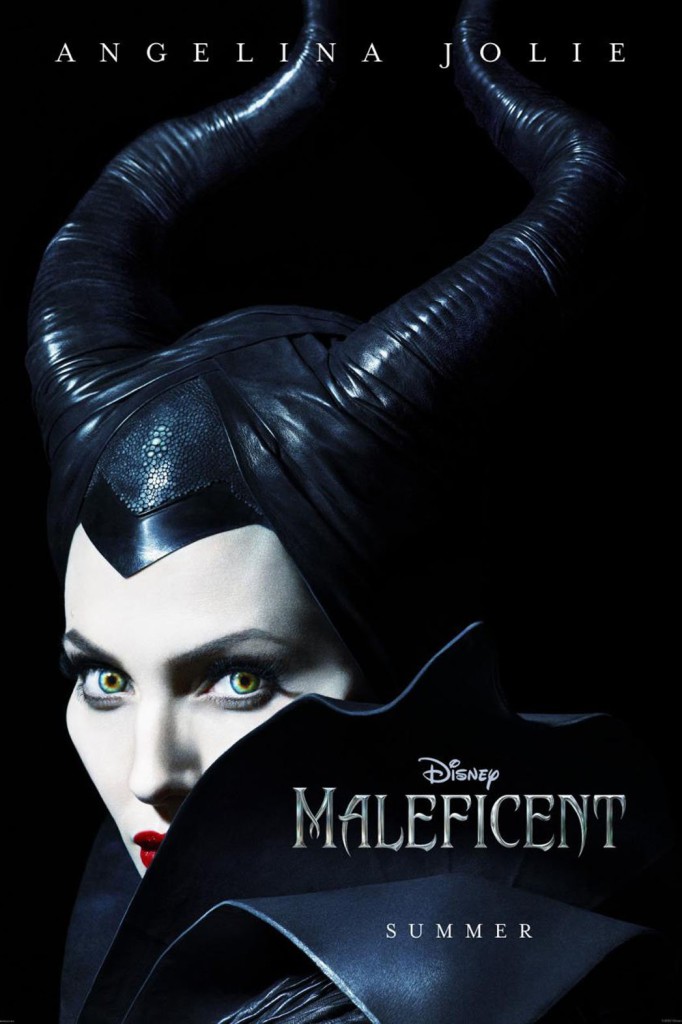 Maleficent (2014)
Maleficent (2014)
Directed by Robert Stromberg. Starring Angelina Jolie, Elle Fanning, Sharlto Copley, Sam Riley, Imelda Staunton, Juno Temple, Lesley Manville, Ella Purnell.
Sometimes, we need the fictional villains in our life to just stay evil. Forget sympathy for the Devil: I don’t want sympathy for the Red Skull, the T-1000, Michael Myers, the Joker, Auric Goldfinger, the Dark Lord Sauron, or King Ghidorah.
I especially don’t want sympathy for the Mistress of All Evil, Sleeping Beauty’s Maleficent. So few movie characters so relish evil for evil’s sake like she does. And Maleficent executes this vileness with such stylish vigor!
Maleficent is the unofficial ruler of Disney’s dark parallel to their Princess line, the Disney Villains. And hoo-boy, does Maleficent do a great job at the top of the wicked food chain. This is a creature so evil that getting a birthday party snub hurls her into a generational revenge plot that consumes a kingdom and all her free time. Her design (courtesy of legendary Disney artist Marc Davis) and voice (Eleanor Audley) emphasize the beautiful allure of evil to make the Middle Ages proud. As bonuses, she has a crafty raven sidekick and can transform through a mushroom cloud explosion into a black and purple dragon that blasts green flames. Give the dark lady a hand!
So what worse way to foul up Maleficent than to try to explain in a feature length film how she got so evil?
Amazingly, Disney found a worse way.
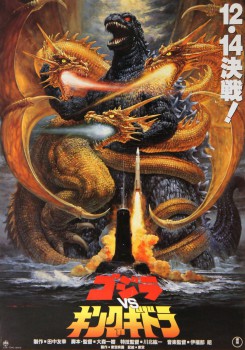
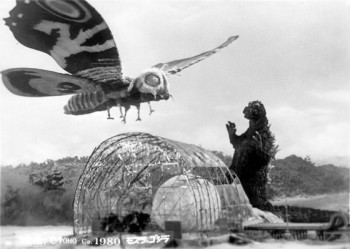
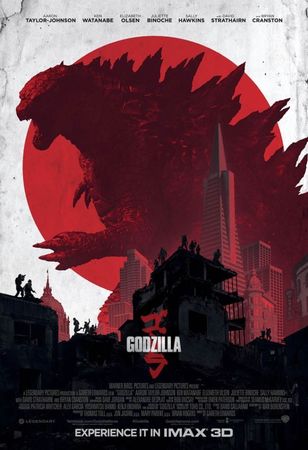
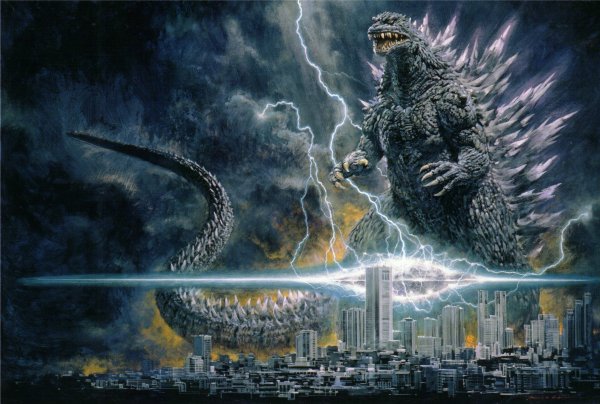
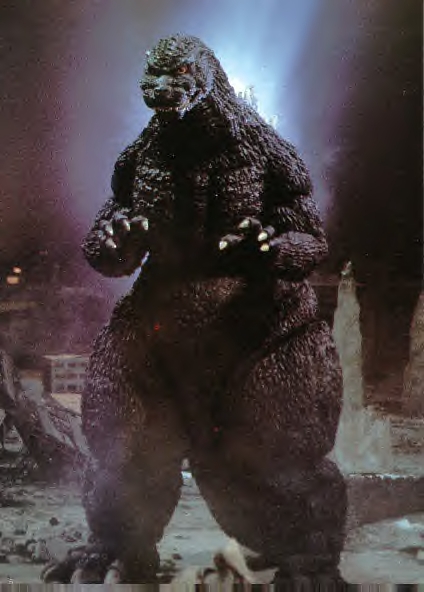
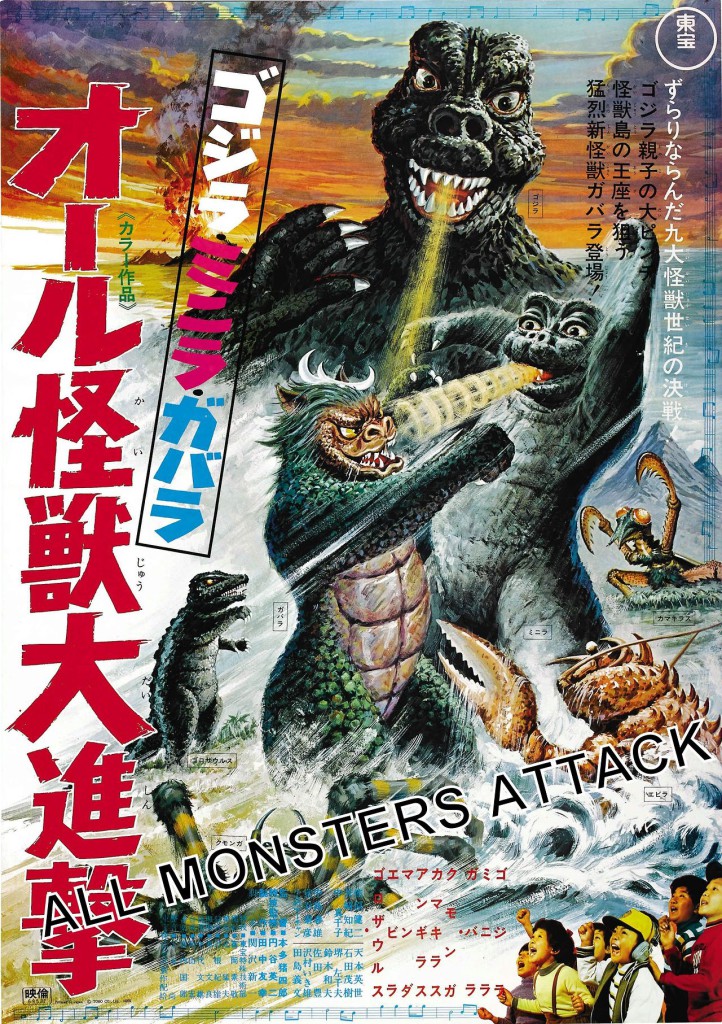
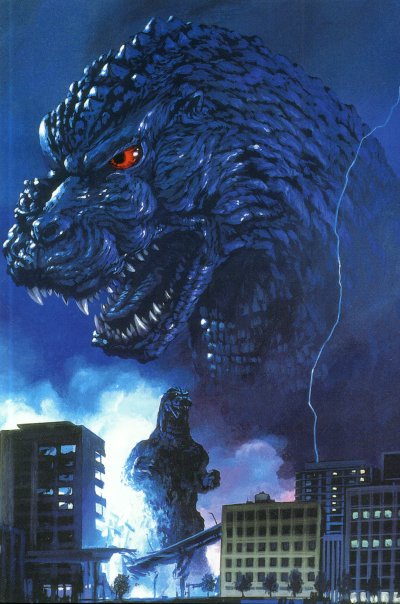
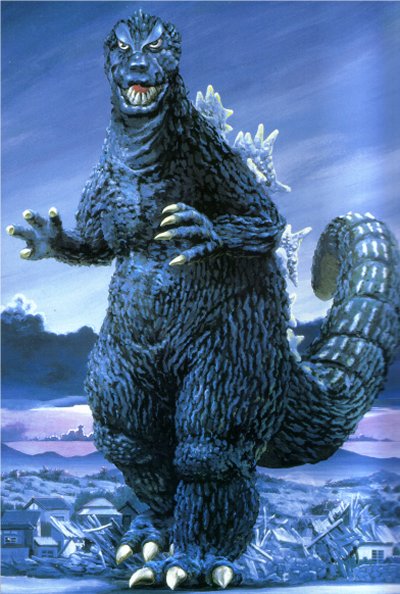
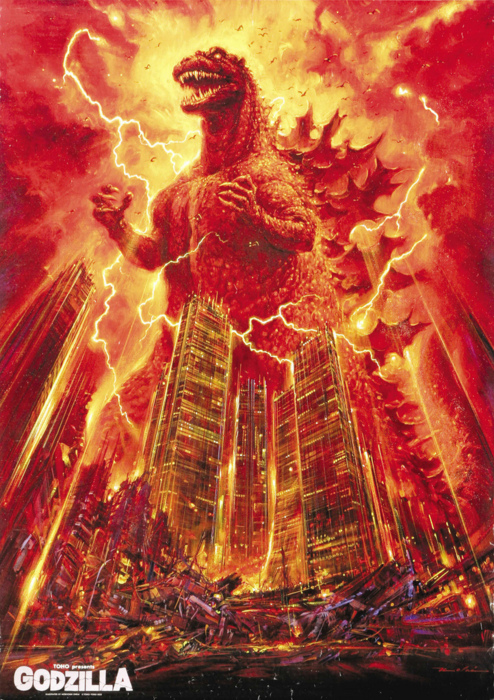
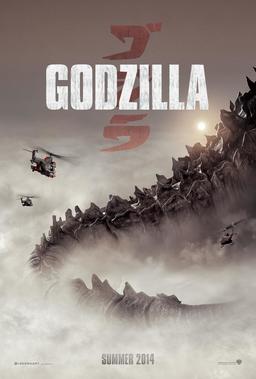 THE TRAILER IS HERE AND YOU SHOULD BE WATCHING IT.
THE TRAILER IS HERE AND YOU SHOULD BE WATCHING IT.